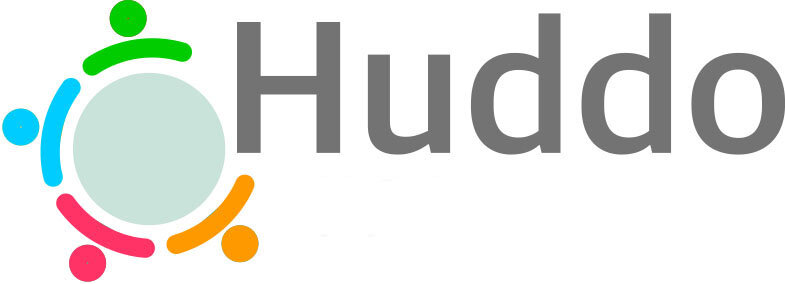Slay the Beasts of Methodology: Kanban Project Management
There are several different project management styles out there. Picking which style is for you is down to two things,
1) how do you like to work individually and collectively, and
2) how well-defined your goals and tasks are.
Picking a working style, or methodology, is helpful as it sets the processes and guidelines on how you work. It helps everyone understand how your project is structured, the order in which you complete tasks, the frequency of meetings, and the roles and responsibilities of your collaborators.
Each week we will break down one of the main Project Methodologies used globally, and we will explain how they work, when they are used and why, and their strengths. What is more important than deciding which style to use, is ensuring you are all adopting the same working style (when working collaboratively on a project). Although many hands do make light work, this is only if those hands are coordinated.
Kanban Methodology
Kanban is also based on the Agile framework, like Scrum, but looks to reduce waste and inefficiency by limiting work in progress whilst also increasing team focus. It is still well suited to projects where goals are not well-defined, or projects where teams are learning as they progress, due to its flexibility to rearrange and reprioritise.
Kanban Methodology like the Kanban Board, is based on the Japanese word for ‘Sign’ or ‘Visual Board’. It’s essentially an agile Board with cards and tasks that you arrange around your project based on the stage/phase they are in (To-Do, In Progress, Complete, etc.). It’s a collaborative effort to continuously take tasks and complete them.
Unlike Scrum though, Kanban project methodology is not based on sprints or teams with similar roles. Kanban adopts existing roles and team structures by categorising tasks by phase, so it can include multiple departments and roles all working on the same project.
One core benefit to using Kanban is transparency, everyone on your team can see the project workflow, which often speeds up the project's progress. The same transparency also helps to identify bottlenecks and reassign tasks to other collaborators, increase resources, and/or set a maximum limit for the number of tasks in ‘work in progress’ to prevent stagnant project stages.
One of the main disadvantages of Kanban is its adoption and overly complicated project visualisation. Kanban is suited to a flat organisation structure where everyone mucks in, but without sprints and a Scrum Master, you may find that some projects will have collaborators who do not update tasks and document progress. In the worst-case scenario for Kanban, and if enough of the team stops engaging on the Kanban project Board, the Board itself becomes obsolete and can often die. So, again, culture is very important here as without a leader, it requires everyone to take responsibility for documenting work and move tasks along the workflow.
Another potential disadvantage is that Kanban Boards can get very big and often complicated, visually. If you have a lot of tasks in To-Do, Progress, or Completed, a Board can get very large and out of control. It is hard to see all the project(s) at once, and individuals may miss tasks. In this case, it’s best to either break large projects down into smaller ones or to start using assignments and filters to aggregate tasks for individual users so they can see a small subset of the project, relating only to them.



